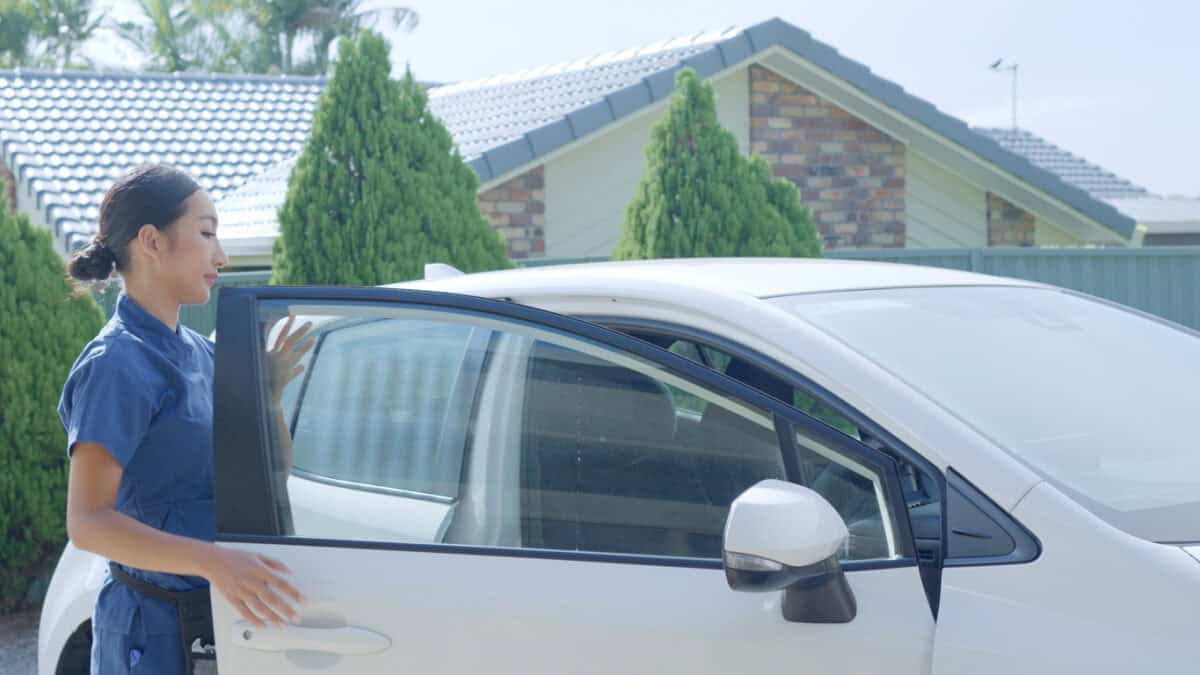Australia is currently in the Winter season of sniffles, colds, and influenza, which generates illness and workplace absences. In the northern hemisphere, excessive heat may be causing a similar level of workplace absences. A recent article from the Australian Broadcasting Corporation discussed workplace absences due to illness.
Category: workplace
OHS questions to ponder
When wearing a motorcycle helmet and motorscooting to and from the office, I (too?) often think about occupational health and safety (OHS) while, of course, being situationally aware (mostly). It is not quite the same as an isolation tank that turned William Hurt into a caveman and a blob, but the quiet allows contemplation.
Below are some of the questions and thoughts from those sessions. Usually, these percolate for a few weeks into a blog article, but I would appreciate readers’ and subscribers’ thoughts. A prize or reward will be sent to the most engaging subscriber.
Trenching deaths and radio report
I am a fan of NPR’s radio program, All Things Considered. Occasionally, it reports on workplace health and safety matters. On July 19, 2024, it reported on the unacceptable number of deaths from trenching activities in the United States. The content was shocking and disappointing (the default setting for many reactions to occupational health and safety (OHS) matters), but the report’s format is an excellent example of journalism.
The right to disconnect is really a right to refuse to respond
While watching Maddocks’ recent webinar on the Right-to-Disconnect for its local council clients, I was reminded of a comment from one of Maddocks’ competitors, Steve Bell, of Herbert Smith Freehills in a seminar earlier this year (paraphrased):
“This is less a right to disconnect as a right to refuse to respond”.
The webinar summarised three contexts for the new Right-to-Disconnect laws – Industrial Relations, Occupational Health and Safety (OHS) and Governance.
Male Loneliness and Work
Recent Australian research into male loneliness revealed some interesting work-related factors that employers may want to consider as part of their wellbeing and psychosocial change programs.
The research includes that among some social factors, like the persistent belief by men of having a breadwinner role:
Yes, No or N/A?
Recently, SafeWorkNSW launched a health and safety campaign for those who provide services in people’s homes, essentially Home Care providers. The message is good and simple, but this article is less about the campaign than the risk assessment and checklist forms they promote.
Many checklists expect a Yes/No answer but fail to ask a question. SafeWorkNSW’s Home Safety Risk Assessment is an example of this problem.
Continue reading “Yes, No or N/A?”Sentencing and OHS prosecutions but few solutions
Most submissions to the inquiry into Sentencing Occupational Health and Safety Offences in Victoria are now publicly available. They raise a lot of different issues and some grumbles even though the Sentencing Advisory Council provided some structure to the topics it wanted addressed.
A major purpose of any penalty is to deter harmful and damaging actions from being repeated. SAC reiterates that any sentence
- deters the offender and others from committing similar offences;
- punishes the offender in a just manner;
- facilitates the rehabilitation of the offender;
- denounces the behaviour that the offender engaged in, and
- protects the community from the offender. (page 7)
The CFMEU’s Dr Gerry Ayers opens his submission with Deterrence by quoting Gunningham and Johnstone from 1999, who wrote:







